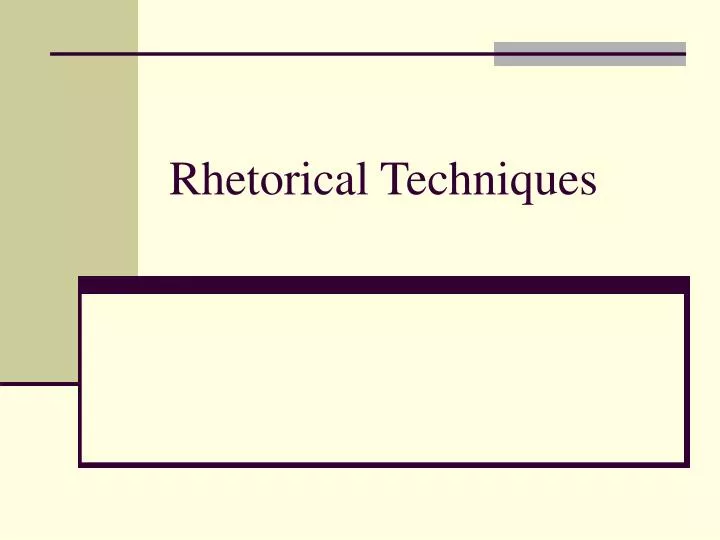
Here’s how I understand it now: rhetorical strategies = emotional connection = memorability. If your first reaction to all this is “Huh?” that’s okay- so was mine. Basically, these strategies can be used to intentionally invoke feelings in others. Rhetorical strategies use language to convey special meaning and/or to persuade someone. Whenever you think of that speaker or of that topic, your brain will bring back those feelings for you- whether they be of motivation, inspiration, sadness, empathy, or otherwise. I’m not trying to be cheesy! An emotional response is a meaningful response, and that reaction stays with you long after the presentation is over. Most likely, it’s because of how the speaker made you feel. Why does your brain think of that presentation as memorable? Think back to the best presentation you have ever seen, whether it be in-person or online.
5 rhetorical moves how to#
Here’s an example: The webpage “Rhetorical Analysis,” written by the Writers Workshop, effectively informs students about how to write a rhetorical analysis by breaking down the elements of the rhetorical situation in an easy-to-read list, posing a series of questions about rhetorical strategies, and capitalizing on the Workshop’s ethos as the campus writing center.After studying the most memorable moments from some of the world’s most powerful presentations, I have the answer to creating an emotional connection with your audience: rhetorical strategies. You might adapt a template like this one: “In, effectively convinces of by. Often, the thesis statement will assess the author’s effectiveness in accomplishing their purpose with the intended audience through the use of rhetorical strategies. Writing a Thesis for Your Rhetorical AnalysisĪfter you’ve analyzed the rhetorical situation and rhetorical strategies, you’ll need to create a thesis for your rhetorical analysis.

Multimodal texts (YouTube videos, performances, graphic novels).Īfter breaking down the rhetorical situation, you need to analyze how the author uses rhetorical techniques to convey the message.Sound (speeches, radio commercials, songs),.Alphabetic text (newspaper editorials, peer-reviewed academic articles, magazine feature essays),.Medium and genre: The delivery method, which includes broadly and narrowly defined categories of communication such as: Message: The content of the text, the key point(s) the author is communicating to the audience. Purpose: To inform, persuade, entertain what the author wants the audience to believe, know, feel, or do.Įxigence: The text’s reason for being, such as an event, situation, or position within an ongoing debate that the writer is responding to. The rhetorical situation is the communicative context of a text, which includes:Īudience: The specific or intended audience of a text.Īuthor/speaker/writer: The person or group of people who composed the text. To write a rhetorical analysis, you’ll first break down the rhetorical situation and analyze the author’s rhetorical strategies. Instead, the purpose of a rhetorical analysis is to make an argument about how an author conveys their message to a particular audience: you’re exploring the author’s goals, describing the techniques or tools used and providing examples of those techniques, and analyzing the effectiveness of those techniques. It also does not ask you to agree or disagree with the author’s argument.

A rhetorical analysis asks you to explain how writers or speakers within specific social situations attempt to influence others through discourse (including written or spoken language, images, gestures, and so on).


 0 kommentar(er)
0 kommentar(er)
